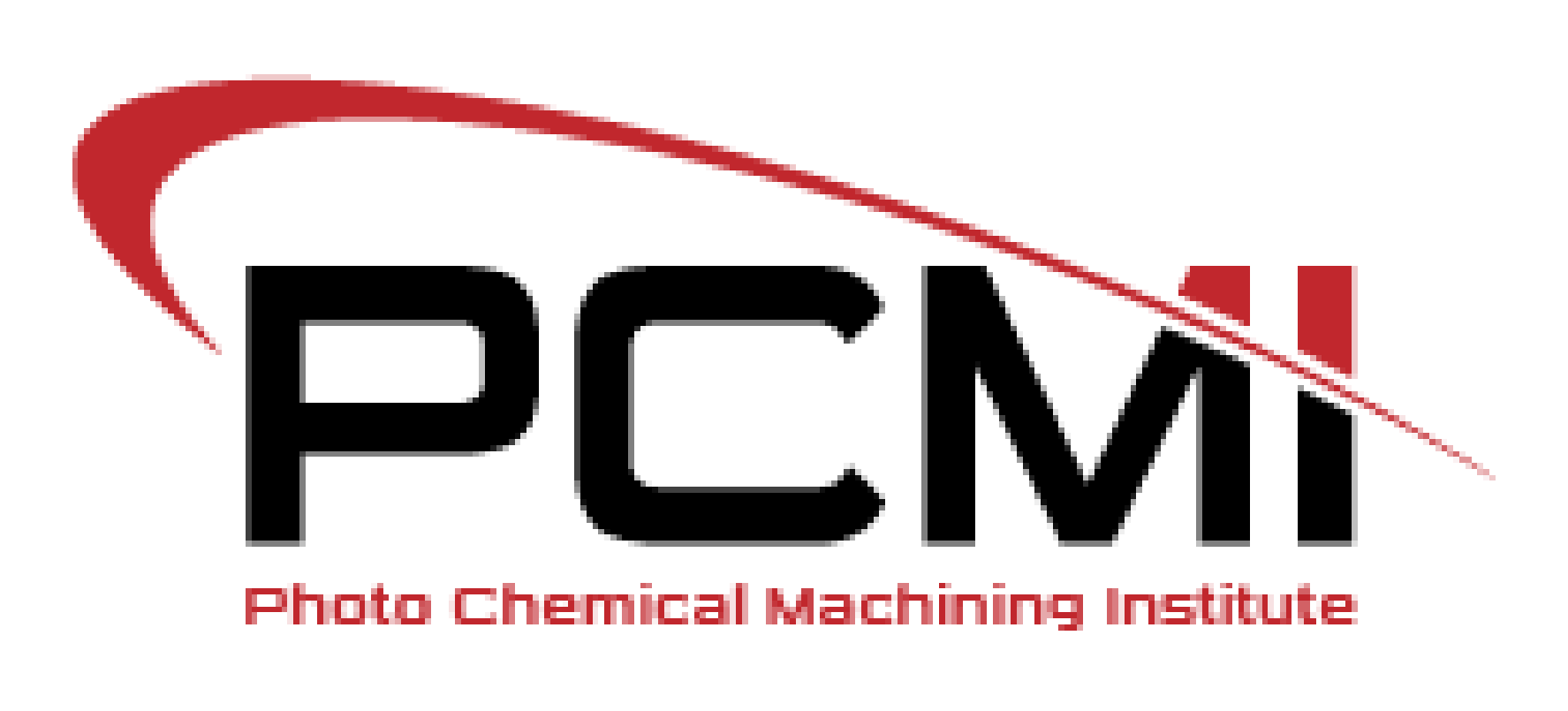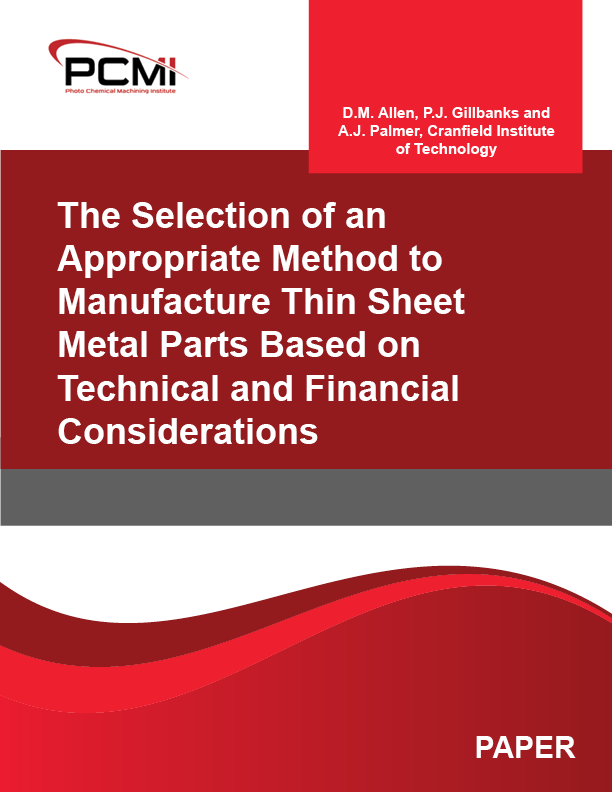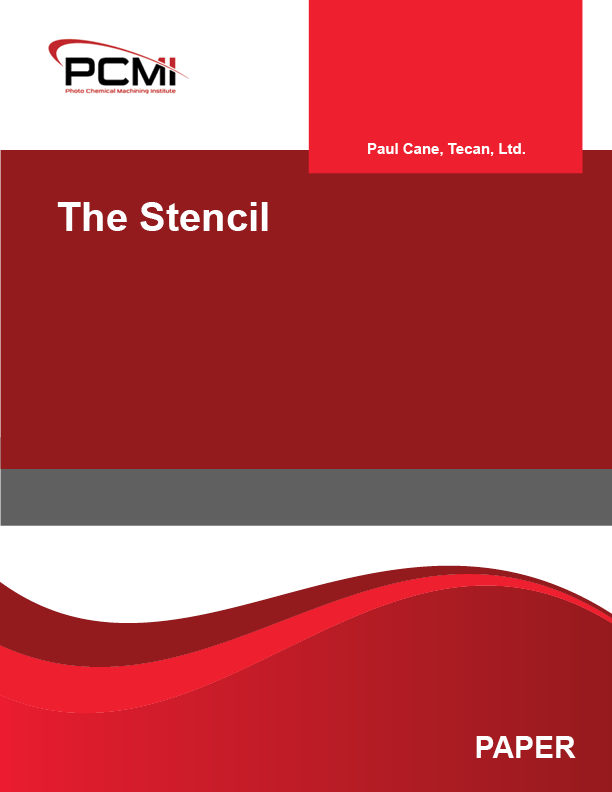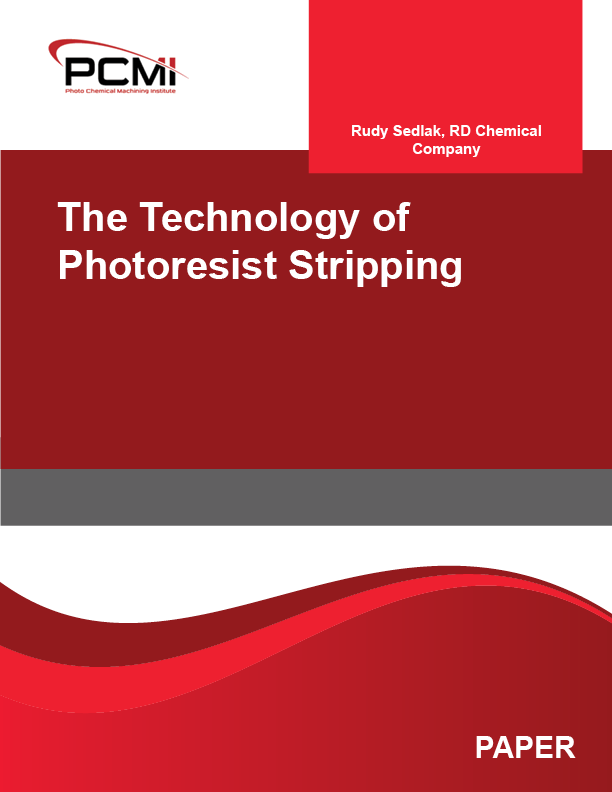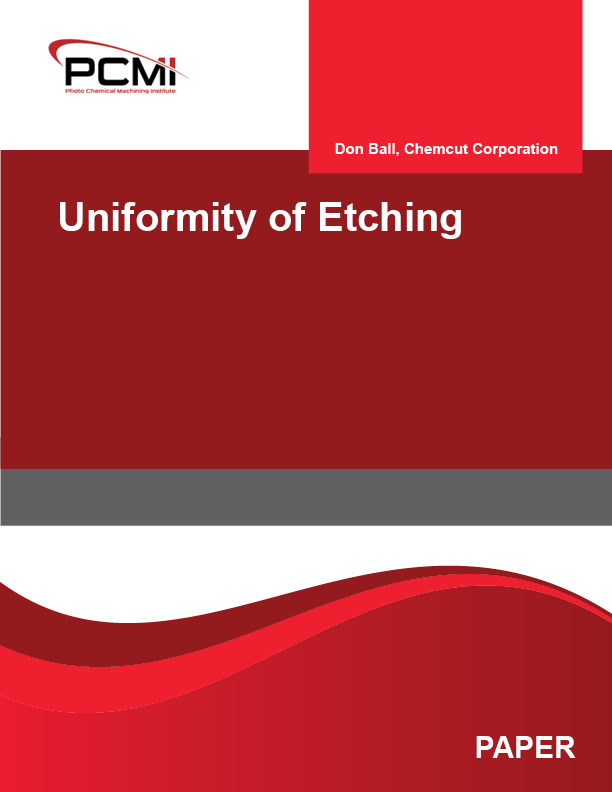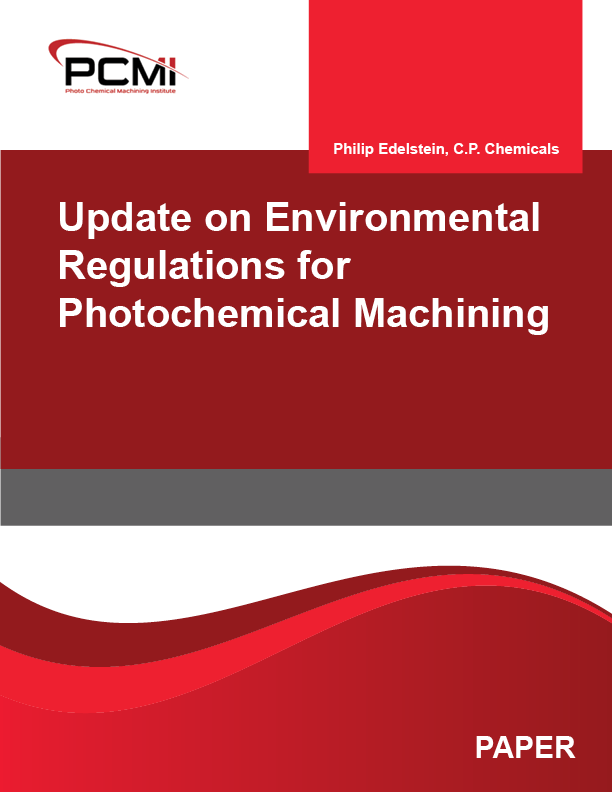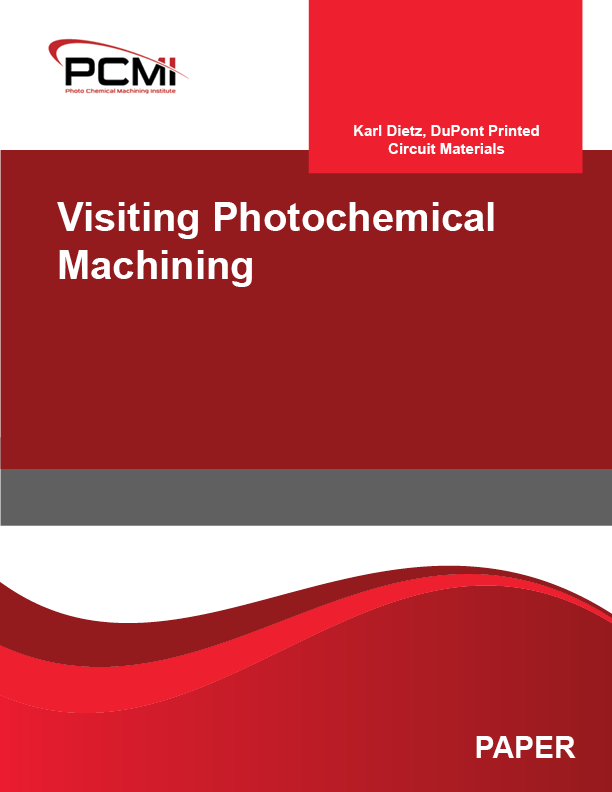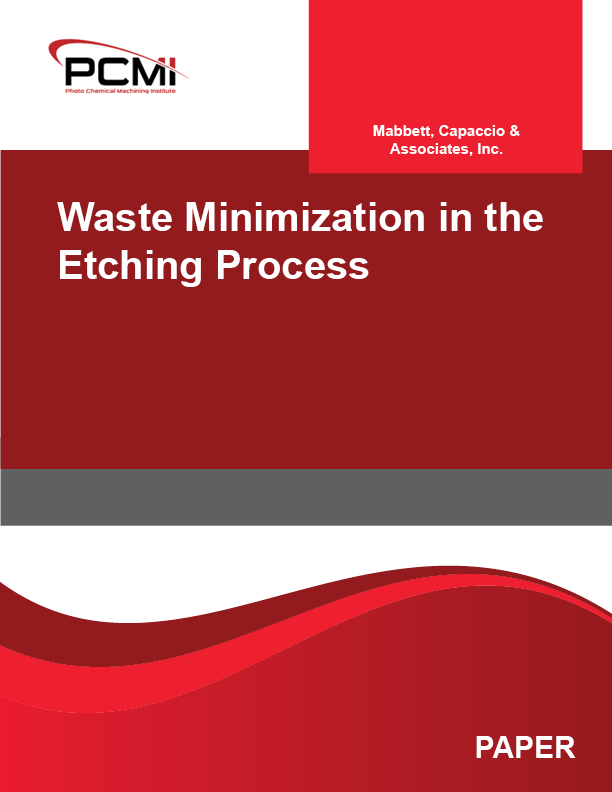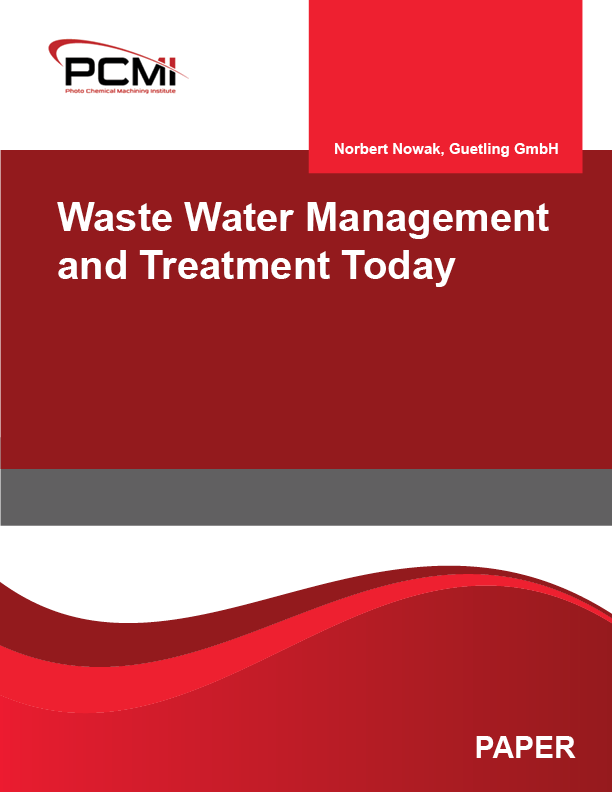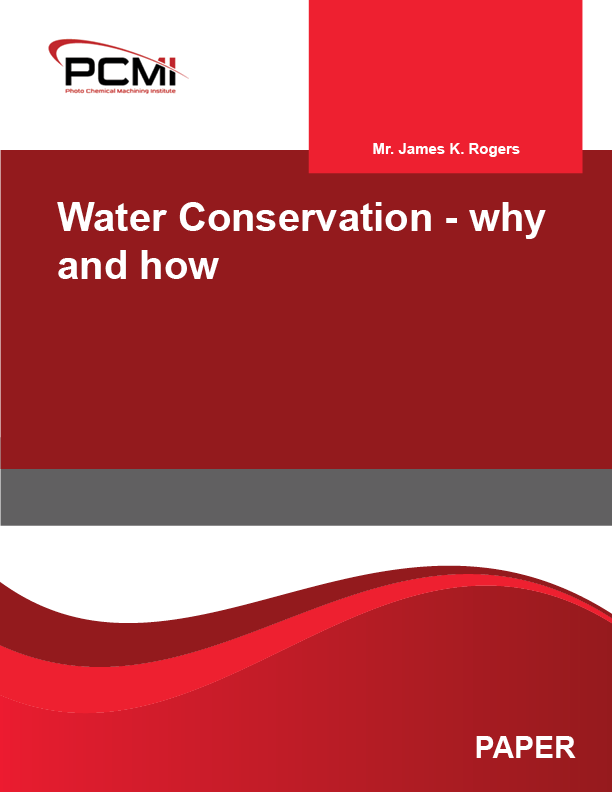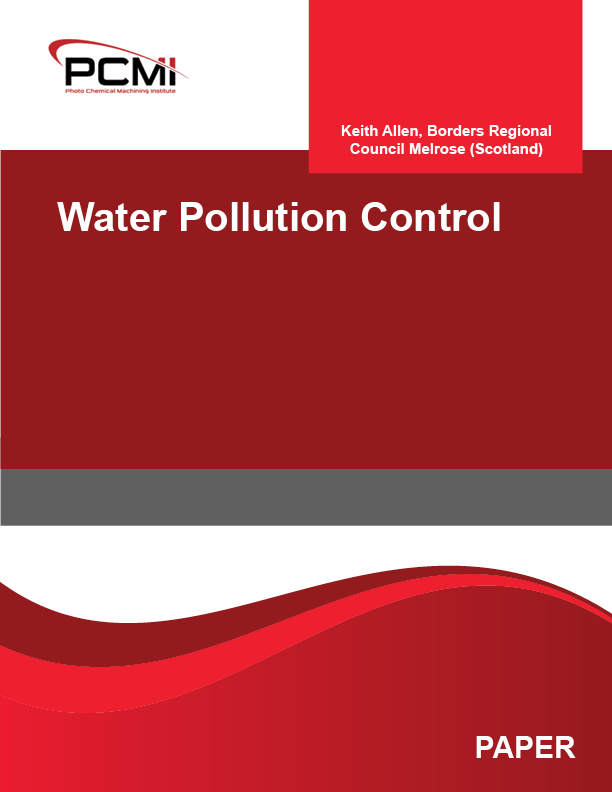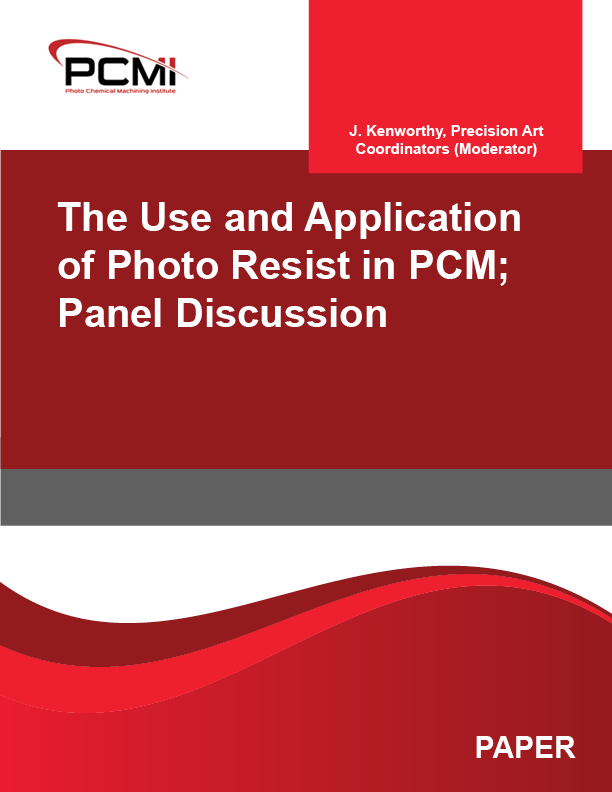
The Application of Electrodeless Conductivity Measurement for Chemical Process Control
There are a number of chemical solutions that would be desirable to control automatically in the photochemical machining industry. Most of these are chemicals that cannot be measured directly with an inexpensive, reliable instrument. Concentrated acids and bases that are well outside the pH range of 2 to 12 would require an expensive automatic titrator for a direct measurement of their concentration. Others may require more sophisticated methods, and the price tag could easily go into six figures. It’s just not justifiable when compared to the cost of manual laboratory analysis on a frequent basis.
In some applications, the cost-effective solution may be to continuously meter replenishment chemistry in, and to tweak the pump flow rates based on lab analysis results. This can work well if the workload is fairly consistent, but can go way off if the square footage of material processed varies during the day. A possible solution to the problem is to use conductivity measurement as an indirect method of measuring the chemical concentration. An
electrodeless conductivity controller is relatively inexpensive, is capable of measuring concentrated chemicals, and is immune to fouling by thin layers of nonconductive (like oils) or conductive (Like precipitated salts) coatings.
If the chemical process changes concentration quickly, or has a narrow window of concentration for it to function properly, then this process is a good candidate for automatic control.
$60.00
